Olive
I've been planning for years a visit to the Cinque Terre villages during the olive harvest.
Last year, I missed it by a few days so this year I was planning more seriously. I was constantly communicating with our host, Cesare,
and the date changed at least four times. It happened not because of Italian mentality but because of the weather.
In the end, we travelled between November 1 and 7, and before getting to Manarola, we even visited an olive harvest in Tuscany,
in the Chianti region.
In Tuscany we stayed in a beautifully restored farmhouse which I highly recommend to anyone travelling to the Chianti.
(I can help you with the booking.) In the 16th century, the farm belonged to the nephew of Michelangelo so Michelangelo used to
get wine for the Pope from here.

Our timing was perfect. A long, rainy period just ended so we had pleasant, sunny weather most of the time.
We saw colourful nets and people picking the olives all over the place while olive presses were working day and night both in Tuscany and Liguria.
Once we got back home, huge rainfalls hit the area and we were shocked to see the floods on television.
So again, the weather gods were taking care of me, just like every time I am in the Cinque Terre…
We had a team of three and we travelled to learn as much as possible about olives, take photos, make a short film and of course taste
as many different olive oils as possible. We were three girls: Eszter is a journalist and makes videos, Alexa is a fantastic cook and writes
a gastronomic blog at axi's kitchen while I am the Cinque Terre and Tuscany expert so I organise
everything, take many photos and write on this website.
We are passionate about Italy, Italian food and wine. Our enthusiasm and good humour
had no limits so everywhere we went people were happy to greet us and talk with the "journalist girls".
By the end of the 7th day, we became experts of olive oil, of course only "amateur"-level experts.
Our hosts – Gabriele, Valentina, Andrea, Cesare and Alessandro – are all fantastic people, they made great efforts to help us.
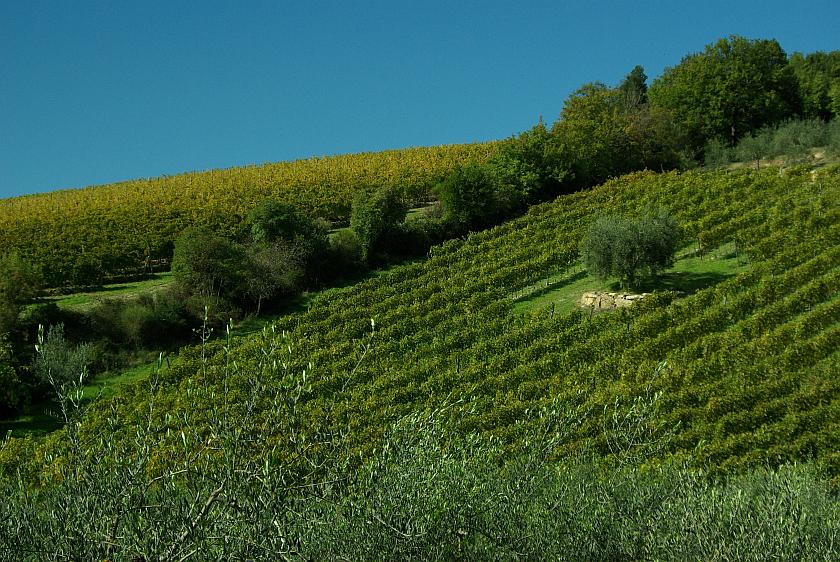
A few interesting facts about olive oil
According to historians, olive oil was made already around 5,000 B.C., first in ancient Greece, then in areas that are Israel and Egypt today.
The olive tree arrived to the Apennine peninsula around 3000 B.C.
This plant always had a great importance. It was the symbol of peace and well-being. Homer called olive oil liquid gold; at the ancient
olympic games, the winner got an olive branch. And in the Bible, the pigeon that returns to Noah's ark was also carrying an olive branch.
Today, Italy is one of the biggest olive oil producers of the world. You can find olive trees in almost every Italian region except the north
where the climate is not warm enough. There are hundreds of olive types, and the colour and the taste of olive oil is different in every region.
Tuscan oil is green, peppery, spicy, a bit hot. Southern oils – from Puglia, Sicily and Calabria – are deep green with an intensive taste of
fruits and almond. Ligurian oil has a light, golden yellow colour and a mild, fruity taste.
The colour, taste and quality of the oil depend on several factors: the type of olive, elevation, climate, soil, time of harvest, method of
harvest and how quickly the olives get to the press.
In the Chianti area, the high number of sunny hours and the big difference between day and night temperatures make the oil more spicy.
In Liguria, the climate – not too hot in the summer and not too cold in the winter – creates a milder taste.
Cesare's olive grove can be found in Volastra, above Manarola.
The view is just stunning: silver colour olive trees, green and orange nets for the picking, yellow vineyards and the deep blue
Ligurian Sea in the background. While locals were working hard picking olives, we just couldn't stop taking photos.
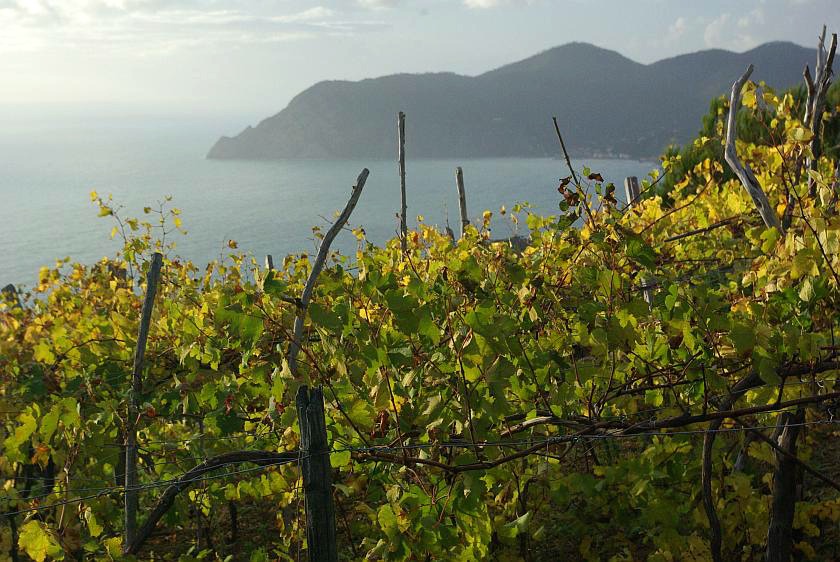
In Liguria, there are no big quantities of olive oil as it is one of the smallest Italian regions, plus it is hard to grow anything on the
steep slopes. Olive groves usually belong to families and they do the harvest between the start of November and end of January.
Family and friends get together and finish picking within a few days.
So how do they harvest the olives?
First they spread the colourful nets under the trees so the fruit will fall on them. You can actually see these nets all year, wrapped up
on the trees. The olive is picked mainly by hand and with a small instrument that looks like a toy rake.
They sometimes hit the upper branches with a stick or use a small machine with a propeller-like end to hit the fruit off the tree.
Cesare told us that they don't use the harvest machines that are often used on flat areas to shake the trees. The terraces of the Cinque Terre
are too small for these machines but Cesare also thinks that these machines would hurt the tree. The trees here are young (20-30 years) and small
so it is easy to reach even the upper branches. In Puglia – where 40% of Italian olive oil is produced – you can find really old trees with
huge trunks. A famous tree called "Il Gigante" is 2,000 years old!
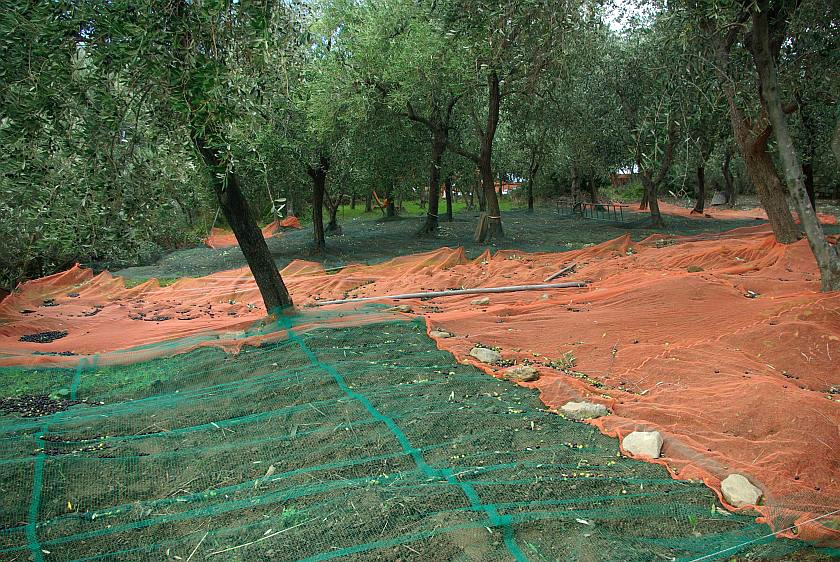
But even in the Cinque Terre, there is a machine that helps work on the steep slopes.
The trenino is a monorail train which is used to transport tools, grapes and olives.
There are about 50 trenino lines in this beautiful area; too bad we cannot use it as a panorama train.
Officially, no people can travel on the trenino but with us they made an exception.
So after so many years, I finally travelled on the trenino and it was so much fun!
The olives are usually taken to the olive press (frantoio) within 24 hours.
These presses are usually modern and not very nice. Unfortunately, we did not make it to an old, traditional olive mill.
There is an old olive mill in Groppo (antico frantoio), owned by the National Park but it's been closed for a while.
Of course, even in a modern press, it's very interesting to see how olives turn into olive oil.
In Tuscany, we went to the press of Fattoria Montecchio near San Donato in Poggio while in Liguria we visited the Lucchi & Guastalli frantoio,
in S. Stefano di Magra near La Spezia.
In both places, the atmosphere was great, farmers kept arriving with their olives, and they were waiting for their new oil patiently but
excited, chatting and laughing with the other farmers.
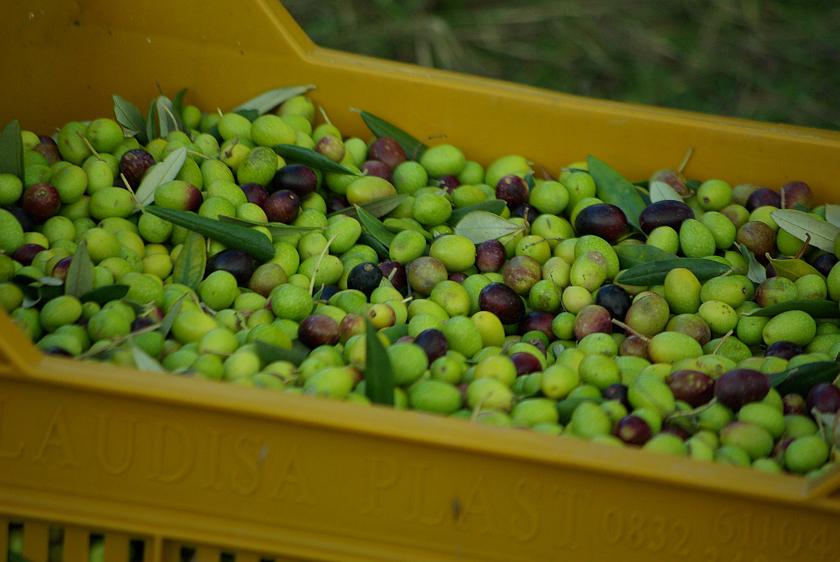
All farmers have an appointment with the press and they pay 15-22 EUR/100 kg.
Olives arrive together with the leaves so the machine first seperates the leaves by blowing them away.
Then the olives are washed thoroughly.
Once they are clean, they go to the actual press machine where the pulp and the seeds are ground.
Following this, the oil is extracted from the paste by centrifugation.
It is important that extra virgin olive oil is made with cold pressing, under 27°C, only by mechanical method without the use of any chemicals.
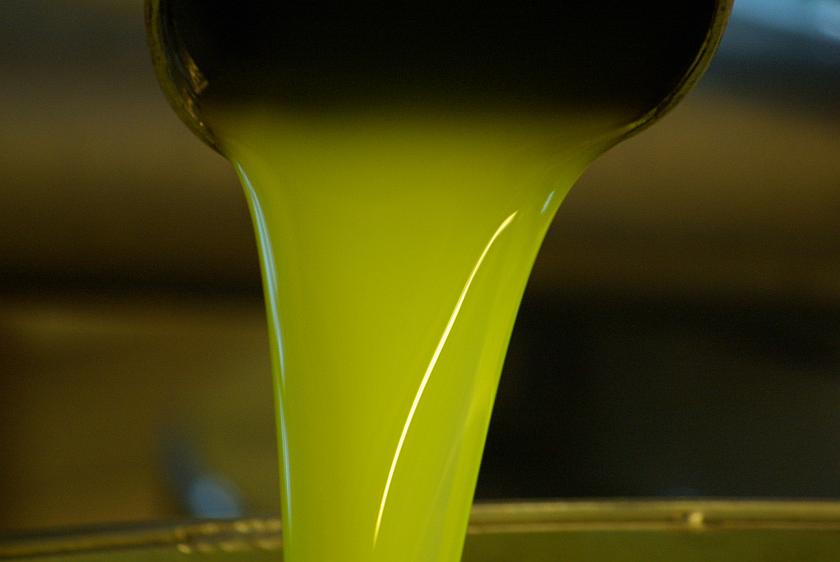
When the fresh extra virgin olive oil appears, the owner has the right to taste it first.
There's no hassle, they just use their small finger.
The farmer then takes home the oil and the family tastes it right away with fresh bread and bruschetta.
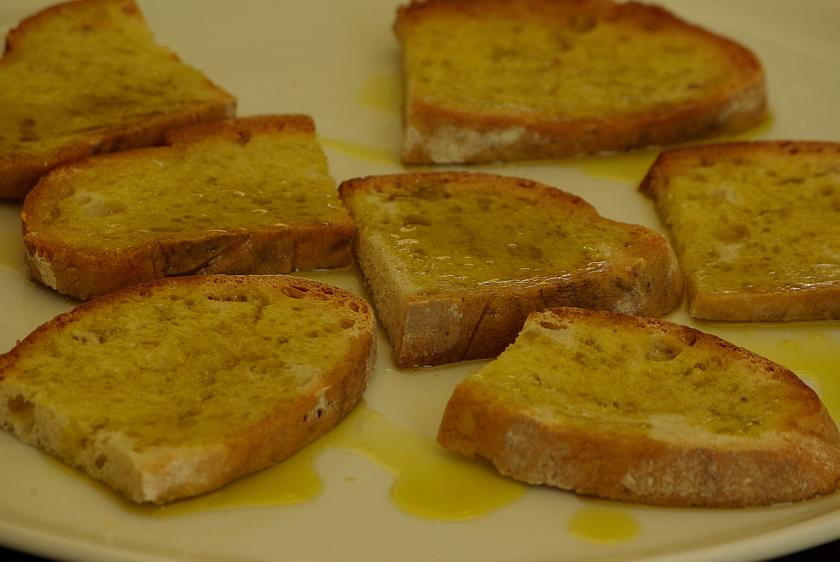
It's interesting that olives are picked when they are not completely ripe. Ripe olives are purple.
A green, not ripe olive will give less oil but it has a lower acidity level so the oil will be more fresh, more delicious and of better quality.
In the case of extra virgin olive oil, there is a law that the acidity level cannot be more than 0.8%.
Between 0.8% and 2%, it's a virgin olive oil.
In the case of the world famous west-ligurian olive oil, Taggiasca, this level is around 0.03-0.05%.
Usually, more different olive types are mixed. If an oil is made of one kind of olive only, it's called monocultivar and it is more expensive.
The D.O.P. sign on the bottles is also important. It means Denominazione di Origine Protetta: from protected origins.
If you see this, you can be sure that the oil comes only from a certain territory. In Liguria, there are 3 different
Riviera Ligure D.O.P. extra virgin olive oils:
Riviera dei Fiori, Riviera del Ponente Savonese, Riviera del Levante. The Cinque Terre belongs to this last one.
D.O.P. products are controlled very seriously.
Cesare makes D.O.P. and simple extra virgin olive oils as well.
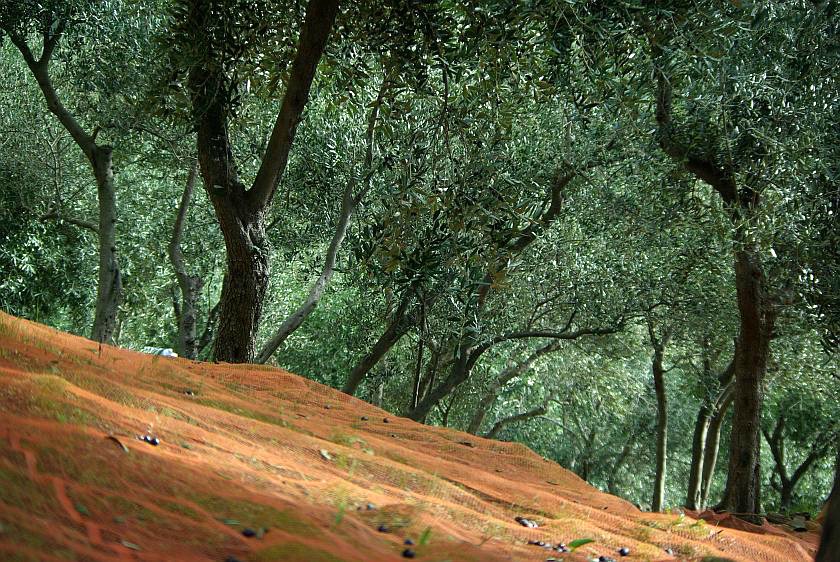
In Italy, families make their own oil or they buy from someone they know personally.
This might seem like an exotic thing to do but in Italy making your own olive oil is as normal as making your own strawberry jam.
Good quality olive oil is not only delicious but also very healthy.
If you go to Tuscany or the Cinque Terre, I recommend that you take some oil home with you. From this trip, we got home with about 15 liters of
fresh olive oil. I use it every day but I hope it will last until next spring.
Olive oil has to be stored in dark bottles in a cool and dark place so it will keep its quality for about 1.5 years.
In the Cinque Terre, we bought oil in the shop of the Cooperativa near Groppo and in the store of Cesare called Burasca on the main street of
Manarola. I usually buy bigger quantities of the oil of the Lucchi & Guastalli frantoio at the market of La Spezia.
If you would like to see an olive harvest, plan your trip for November. I can help you find out the exact dates.
In November, I can also handle accommodation booking flexibly, changing dates if needed.
Colours and lights are beautiful this time of the year and if you are lucky, you will have nice warm autumn weather.
We were sunbathing on the beach in a single t-shirt.
In November, you will find hardly any tourists in the villages and accommodation prices are the lowest. So it's a great time
to travel anyway.
As I mentioned above, we have also made a video about the olive harvest:
Olive harvest in the Cinque Terre and Tuscany









